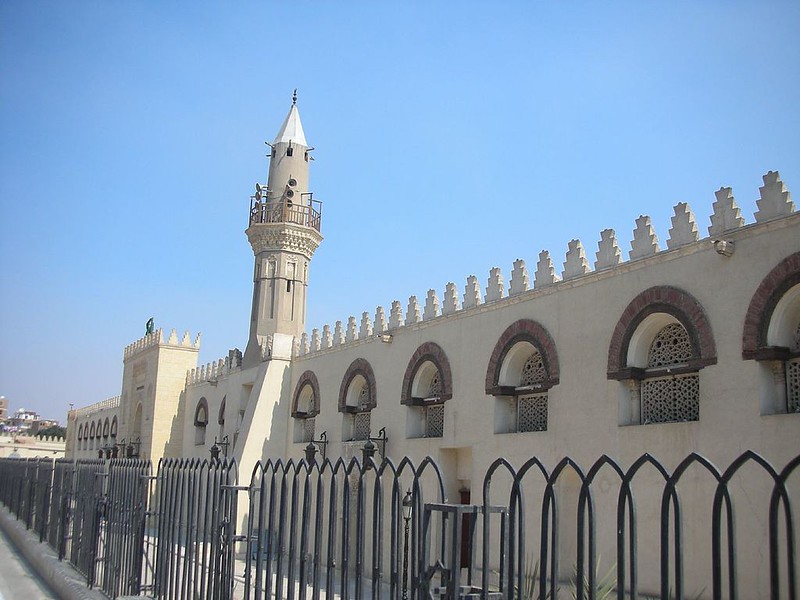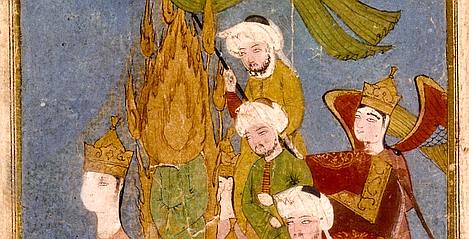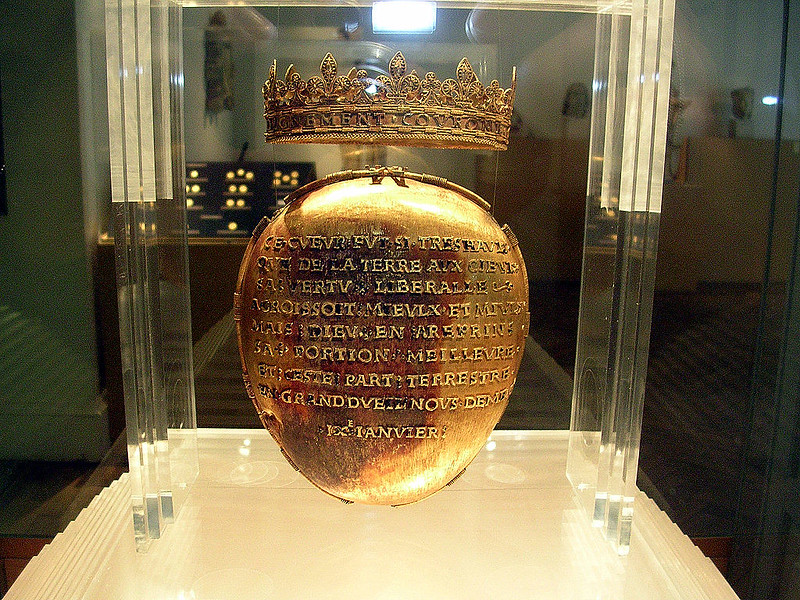The roots of this huge state originated with the death of the Prophet, who started a new religion - Islam. The first stage of the Caliphate was Rashidun Caliphate. Islamic peoples think this period lasted the reign of the early five rulers, although it is not obvious why the Caliphs are "Rashidun righteous" than others. Just after Muhammad, the following Caliph Abu Bakr had to face the troubles. New religion has not had time to sit confidently in the heads of the Arabic tribes so some of them started to move towards new living prophets. About each family had a preacher, who this peoples were going to listen to. Is seems if there would not be Muhammad, Muhammad's post was aimed by some other competitors, and nobody can guess how would be look the Arabic states, if the role of Muhammad was replaced by any of these rivals. The first Caliph was managed to stop disagreement and dispose one tribe after another. After tree years of wars, Abu Bakr bequeathed the place of the ruler to his friend Umar. This fellow is known for a number of politic and judicial reforms. This guy set up a kind of the Accounting Chamber, and some kind of pariament. While Umar's rule the Koran was eventually composed and the Islamic calendar, started since the Muhammad's migration from Mecca to Medina, was intoduced. He had to fight with local apostates, but Umar was managed to dramatically extended the lands of the state. It seems that just because of his lively aggressive career, the guy was murdered by a slave while praying.
Next ruler, Uthman, was killed as well. In Uthman's 12-years-long reign opposition sentiments against Uthman raised. After some engagements the opposition of the ruler invaded to his home and killed Caliph while he was studing the Koran. Usman's supporters, in turn, determined to avenge for slain of the Caliph and murdered about four thousand opponents. The next ruler start military engagement with them, which today called the battle of Camel. In a little while the new caliph was murdered by opponents disliked the crack in the Islamic society. After that Muawiya, new ruler of Caliphate, left the post to his son, thus disestablished the Rashidun Caliphate and establishing the next state. We will talk about this state in one of future posts.






